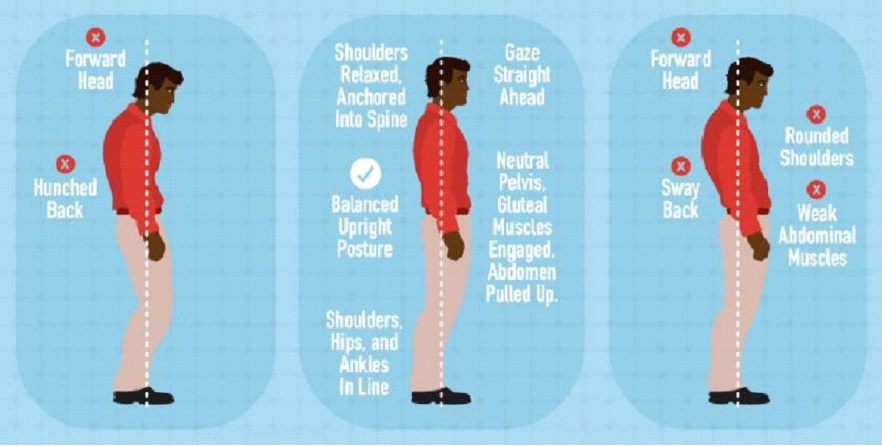Standing in a slumped or sway back posture leaves you vulnerable for lower back pain because the muscles that support the lower back and provide stability across the pelvis switch off and become weaker, causing increased load on discs and ligaments leading the way towards injury and pain.
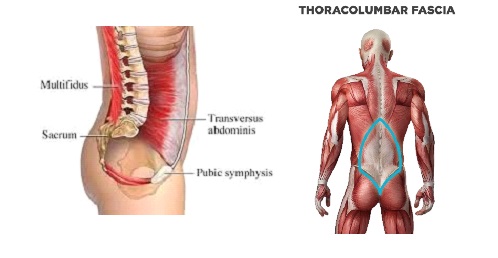
Deep back muscles (multifidus) and deep abdominal muscles (transverse abdominus) stabilise your spine and pelvis directly at each vertebrae as well as tensioning the thoracolumbar fascia creating the support of a corset around your waist and tummy.
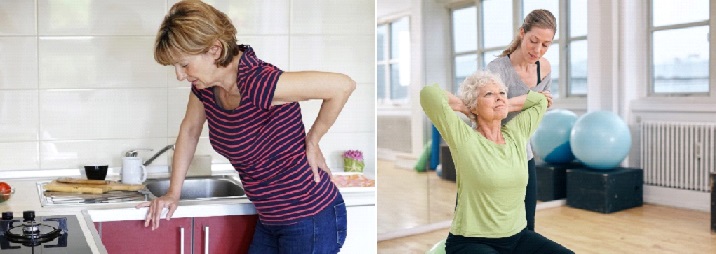
Don’t let pain be your story.
Activating your body awareness and strengthening your postural muscles through targeted exercises reduces this risk and improves how you function in every day activities.
Top tips for maintaining good posture
How do I sit properly?
- Keep your feet on the floor or on a footrest, if they don’t reach the floor.
- Keep your feet on the floor or on a footrest, if they don’t reach the floor.
- Don’t cross your legs. Your ankles should be in front of your knees.
- Keep a small gap between the back of your knees and the front of your seat.
- Your knees should be at or below the level of your hips.
- Adjust the backrest of your chair to support your low- and mid-back or use a back support.
- Relax your shoulders and keep your forearms parallel to the ground
- Avoid sitting in the same position for long periods of time.
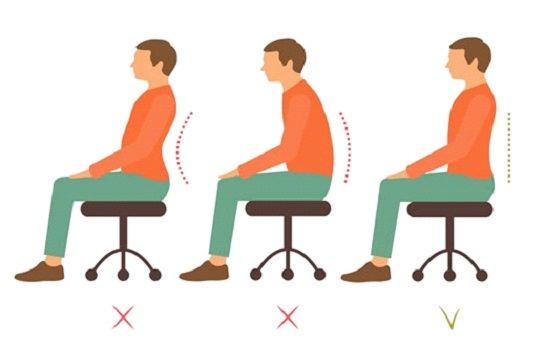
How do I stand properly?
- Bear your weight primarily on the balls of your feet.
- Bear your weight primarily on the balls of your feet.
- Keep your knees slightly bent.
- Keep your feet about shoulder-width apart.
- Let your arms hang naturally down the sides of the body.
- Stand straight and tall with your shoulders pulled backward.
- Tuck your stomach in.
- Keep your head level-your earlobes should be in line with your shoulders.
- Do not push your head forward, backward, or to the side.
- Shift your weight from your toes to your heels, or one foot to the other, if you have to stand for a long time.
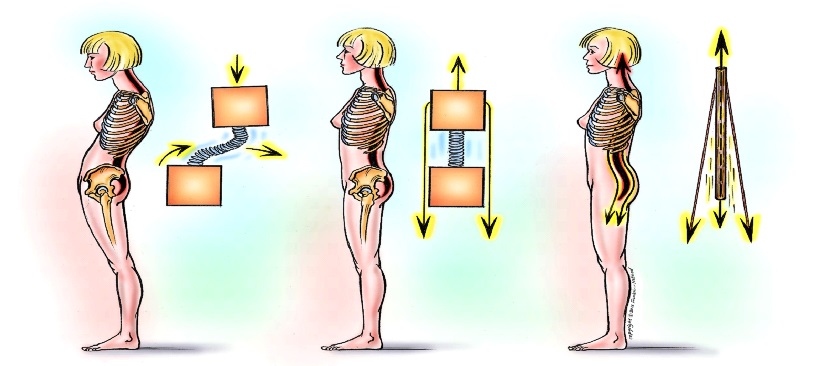
The information and program provided is not intended to be a substitute for professional medical advice or treatment. You should understand that when participating in any exercise or exercise program, there is the possibility of physical injury. If you engage in this exercise or exercise program, you agree that you do so at your own risk, are voluntarily participating in these activities, assume all risk of injury to yourself.

